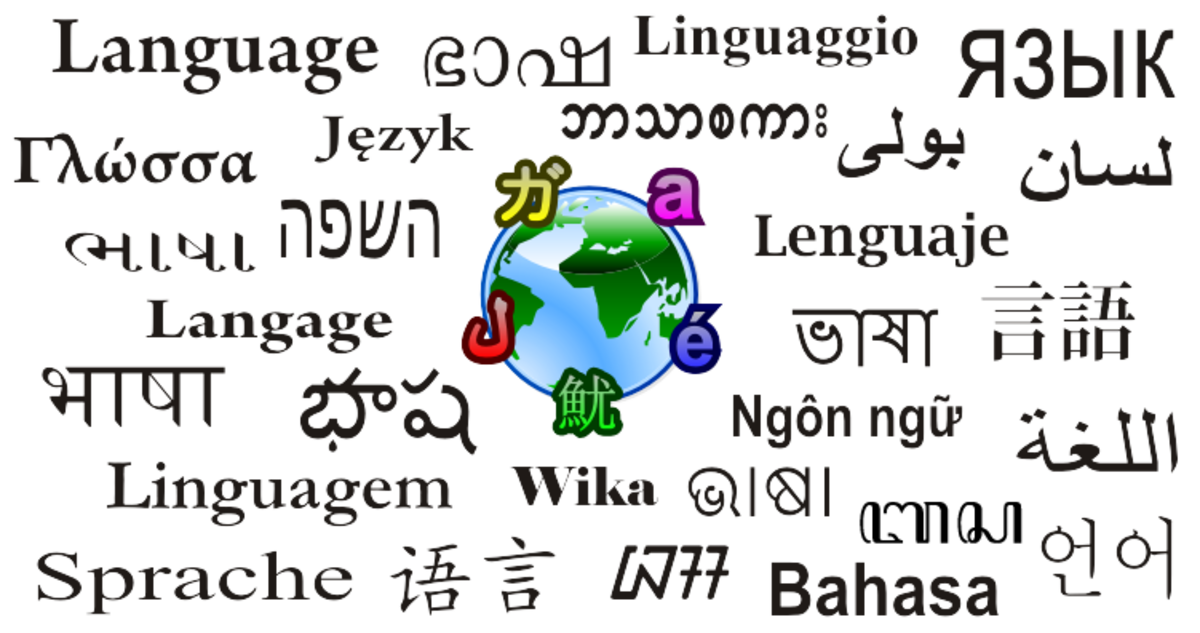
In most cases, the shape of the pronoun does not change to show grammatical function. The basic pronoun system of Kamtok distinguishes three persons and two numbers.

The palatal approximate /j/ is written y, the palatal affricates /t͡ʃ/ and /d͡ʒ/ are written ch and j, and the palatal and velar nasals /ɲ/ and /ŋ/ are written ny and ng (Schneider 1966:12-14). open e and o but Todd spells them as closed e and o vs. Schneider spells the mid vowels as closed ey and ow vs. Like most West African languages, Kamtok has seven vowels, with two mid vowels: open and closed (Schneider 1966:14-17). (For a comprehensive description of its linguistic features and its place in the language ecology of Cameroon, see amongst others, Kouega 20). For many years, it has been used on school playgrounds and campuses and in political campaigns, and today it is forcing its way into spoken media. With time it passed into use in the market place, and was adopted by Baptist missionaries as the language of their evangelical crusade. It took flight when it became a makeshift language used in German plantations and undertakings by forced labourers who were drawn from the hinterland and who spoke different indigenous languages. A few decades later during the German annexation period (1884–1914), Pidgin resisted a German ban. It preceded English in Cameroon: the first Baptist missionaries who arrived in Cameroon in 1845 and introduced formal education in English, had to learn Pidgin. It came into being in the Slave Trade Years (1440 to early 1800s). It is a vehicular language that has been in active use in the country for over 200 years. It is a variety of West African Pidgin Englishes spoken along the coast from Ghana to Cameroon. Many speakers are unaware that this language is different from Standard English. The terms "Cameroonian Pidgin", "Cameroonian Pidgin English", "Cameroonian Creole" and "Kamtok" are synonyms for what Cameroonians call Cameroon Pidgin English. About 5% of Cameroonians are native speakers of the language, while an estimated 50% of the population speak it in some form.

This variety is spoken by the Bororo cattle traders, many of whom travel through Nigeria and Cameroon.Ĭameroonian Pidgin English is an English-based creole language. This variety is spoken mainly in the southwest coastal area around the port that used to be called Victoria and is now Limbe. This variety is now used mainly in towns such as Douala, Nkongsamba, Bafoussam and Yaoundé, and by francophones talking to anglophones who do not speak French. This variety has been used by the Catholic Church for three-quarters of a century.

Cameroonian Pidgin English, or Cameroonian Creole ( Cameroon Pidgin: Wes Cos, from West Coast), is a language variety of Cameroon.


 0 kommentar(er)
0 kommentar(er)
